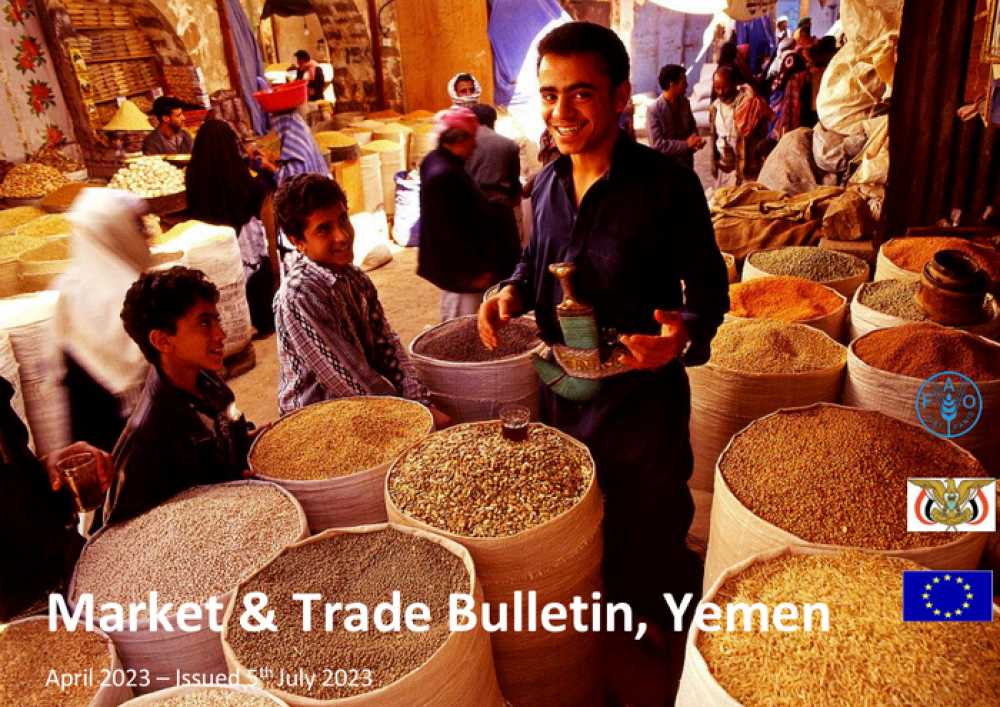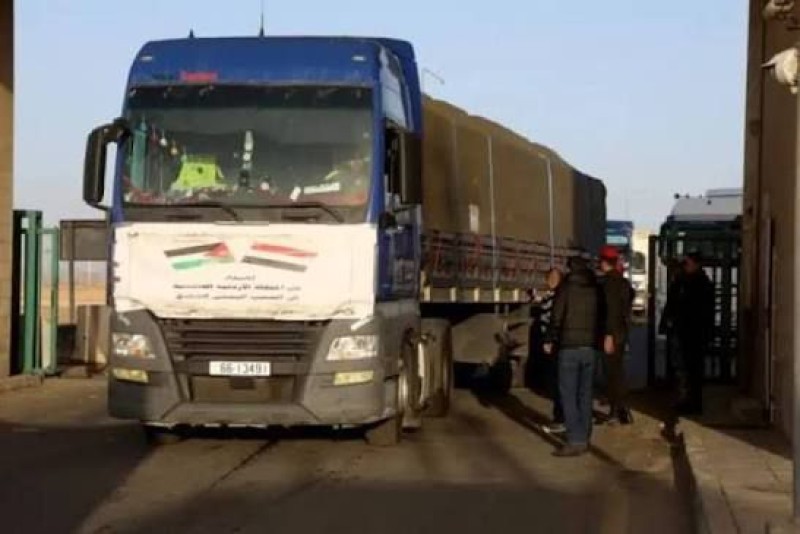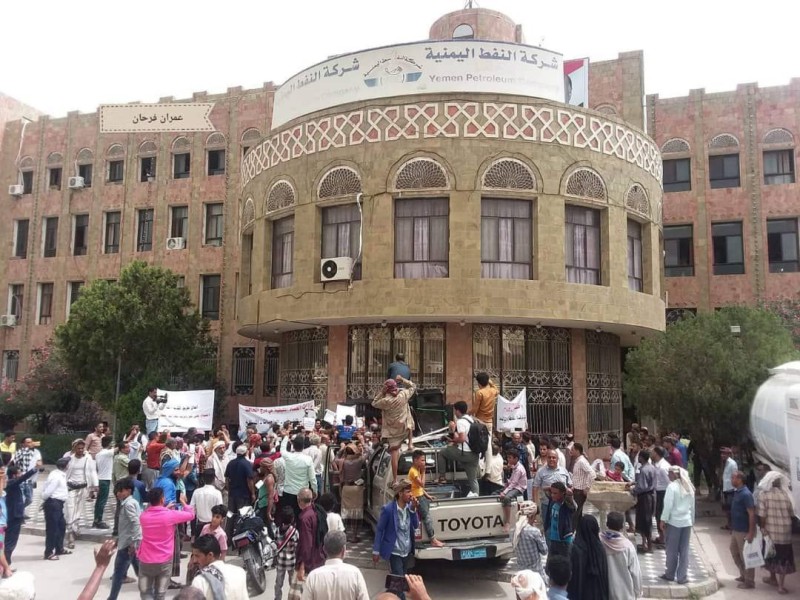Market & Trade Bulletin, Yemen - April 2023


KEY HIGHLIGHTS
The Yemeni riyal in Government of Yemen (GoY) controlled areas appreciated marginally (3%) month-on-month against the US dollar but was 12 percent lower in value compared to the same month in 2022. In areas under the Sana’a-based authorities (SBA), the exchange rate was relatively stable from the previous month but gained value compared to the same period last year (5%).
Diesel pump prices declined slightly (4-8 percent) m-o-m in most markets except for 7 percent increase in Marib. When compared to the same period a year ago, diesel prices continued to decrease (14 – 54 percent) in most governorates. In dollar terms, diesel prices are relatively more expensive in expensive in SBA areas than in GoY controlled areas although have decreased more rapidly in the former in the last two months.
The cost of the Minimum Food Basket (MFB) in April 2023 reached an average of about USD 100 in both areas. The MFB remained relatively stable or decreased slightly month-on-month in at governorate level during the reporting month but was mixed when compared to the same month last year - decreased in half of the governorates while increased in the rest. Wen compared to the three-year average, the increase in the cost of the MFB is significantly higher in GoY areas than in SBA areas.
Livestock prices (sheep/ goat) during the first four months of year trended seasonally, remaining relatively stable in SBA, and increasing steadily in GoY-controlled areas.
Casual labor rates increased slightly (2 – 5 percent) in April 2023 m-o-m in both areas supported by increased demand during the seasonal land preparation and planting activities. Compared to the same period in 2022, agricultural labor wage rates went up by 12 percent and 11 percent respectively in SBA and GoY areas.
The terms of trade (labor to cereal & sheep to cereal), increased month-on-month and year-on-year in SBA areas because of faster increase in casual labour rates and livestock prices. In GOY areas, ToT during the reporting month was lower or at par with their levels a year ago. The purchasing power is higher in SBA areas than in GOY areas because of higher cost of cereals.
The terms of trade (casual labor to cereal and sheep to cereal) was generally stable Month-on-month in SBA areas but increased slightly (3-7 percent) in IRG areas.
When compared to the same months in 2022, ToT was higher by about 30 percent in SBA areas as opposed to the GoY controlled areas where the increase was modest (9%).During April, a day’s worth of casual labor could afford 13 kgs and 11 kgs of wheat grain in SBA and GOY areas while sale of a 12-month-old sheep could afford 114 Kgs and 107 Kgs of wheat flour in SBA and GOY areas respectively.

Hodeidah — Two members of the Iranian-backed Houthi militia were killed and five others wounded in a landmine explosion near Hodeidah airport…

Aden —A humanitarian convoy from Jordan, consisting of 13 trucks loaded with relief supplies, has arrived in Yemen to support communities aff…

Taiz — Administrative operations at the Taiz Governorate building have resumed following several days of closure caused by an open sit-in sta…